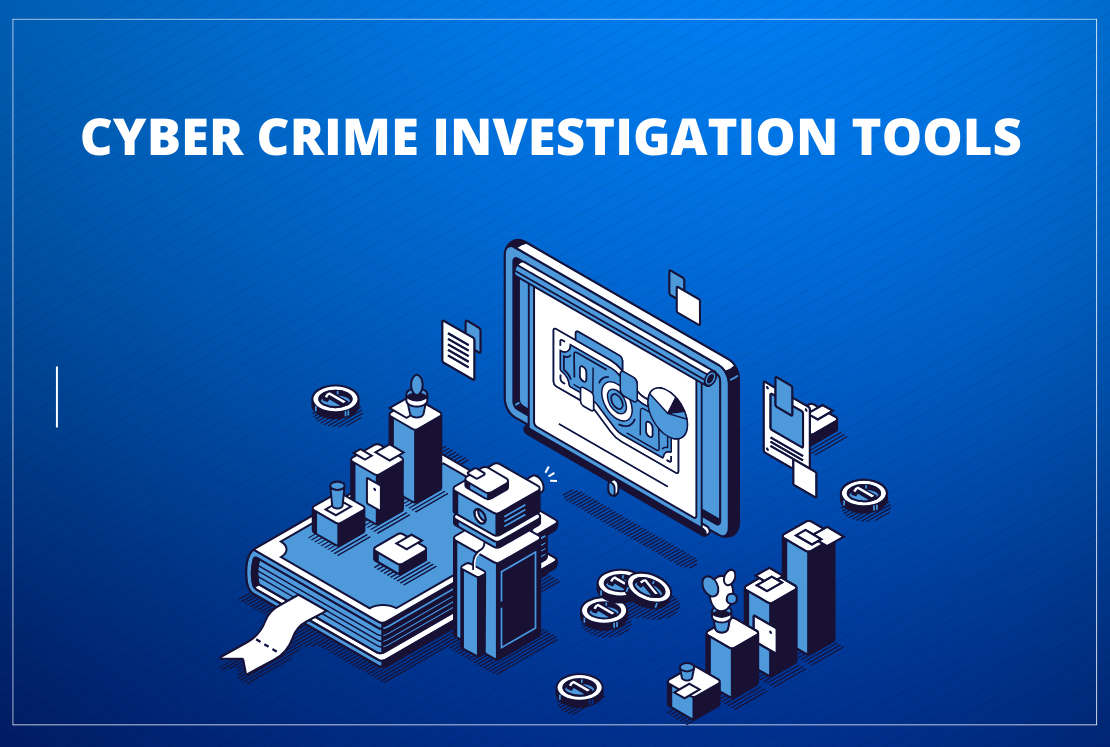With the advancement of science and technology, the vulnerabilities in digital systems, leading to financial losses, disruptions, and erosion of trust the key target for cybercriminals. In such a scenario, what could be more useful than the cyber crime investigation tools to curb the menace? It is one of the most useful that helps in combating cybercrime and mitigating its impact on the global economy.
The following are some of the ways these tools contribute to the fight against cybercrime:
Evidence collection and preservation
Cybercrime investigation tools assist you in collecting, preserving, and analyzing digital evidence. They enable investigators to capture and store data from various sources, such as:
- Computer systems
- Networks
- Mobile devices
- Digital communication platforms
These tools ensure the integrity and admissibility of digital evidence in legal proceedings.
Digital forensics analysis
Another key feature of this investigation tool is its capabilities for digital forensics analysis. They assist investigators in:
- Examining digital artifacts
- Analyzing system logs
- Recovering deleted files
- Reconstructing digital events
Besides, these tools help to identify cybercriminals, their methods, and their networks, helping in the attribution of cybercrimes.
Threat intelligence and detection
Another very important feature of these tools is, they incorporate threat intelligence capabilities, allowing for real-time monitoring, detection, and analysis of cyber threats. They leverage machine learning, behavioral analytics, and signature-based detection to identify malicious activities, indicators of compromise (IOCs), and emerging threats.
Malware analysis and reverse engineering
Analyzing malware and conducting reverse engineering is one such feature that helps in understanding the functionality, behavior, and capabilities of malicious software.
Network Traffic Analysis
Network traffic analysis allows investigators to identify suspicious or malicious activities. The insights it provides on communication patterns, network connections, and anomalies are undeniably useful. In addition, this feature also helps to detect
- Data exfiltration
- Intrusion attempts
- Presence of botnets
- Prevent financial losses
- Protection of sensitive information
Incident response and Remediation
These tools also support incident response efforts. It provides
- Workflows
- Automation
- Collaboration capabilities
This further helps in the containment, eradication, and recovery from cyber incidents. In addition, it facilitates efficient incident management, reducing downtime, and minimizing the financial impact on organizations.
Compliance and regulatory support
Cybercrime investigation tools provide functionalities that meet regulatory requirements and compliance frameworks. These functionalities include:
- Data privacy
- Audit logging
- Chain of custody
- Reporting
This ensures that the analysis adheres to legal and industry standards. Furthermore, it contributes to avoiding penalties, maintaining customer trust, and mitigating the impact of cybercrime incidents.
Prevention and proactive measures
Besides the above-mentioned uses, Cybercrime investigation tools also help in:
Identifying vulnerabilities
Conducting risk assessments
Implementing proactive security measures
This will ultimately lead to strengthening the cyber security posture.
Although cybercrime investigation tools play a vital role, it is important to know that their effectiveness relies on skilled investigators, collaboration between stakeholders, and continuous adaptation to evolving cyber threats. Simultaneously, effective legislation, international cooperation, and public-private partnerships are equally important to curb cybercrime and minimize its impact on the global economy.



